Horn Island
Queensland
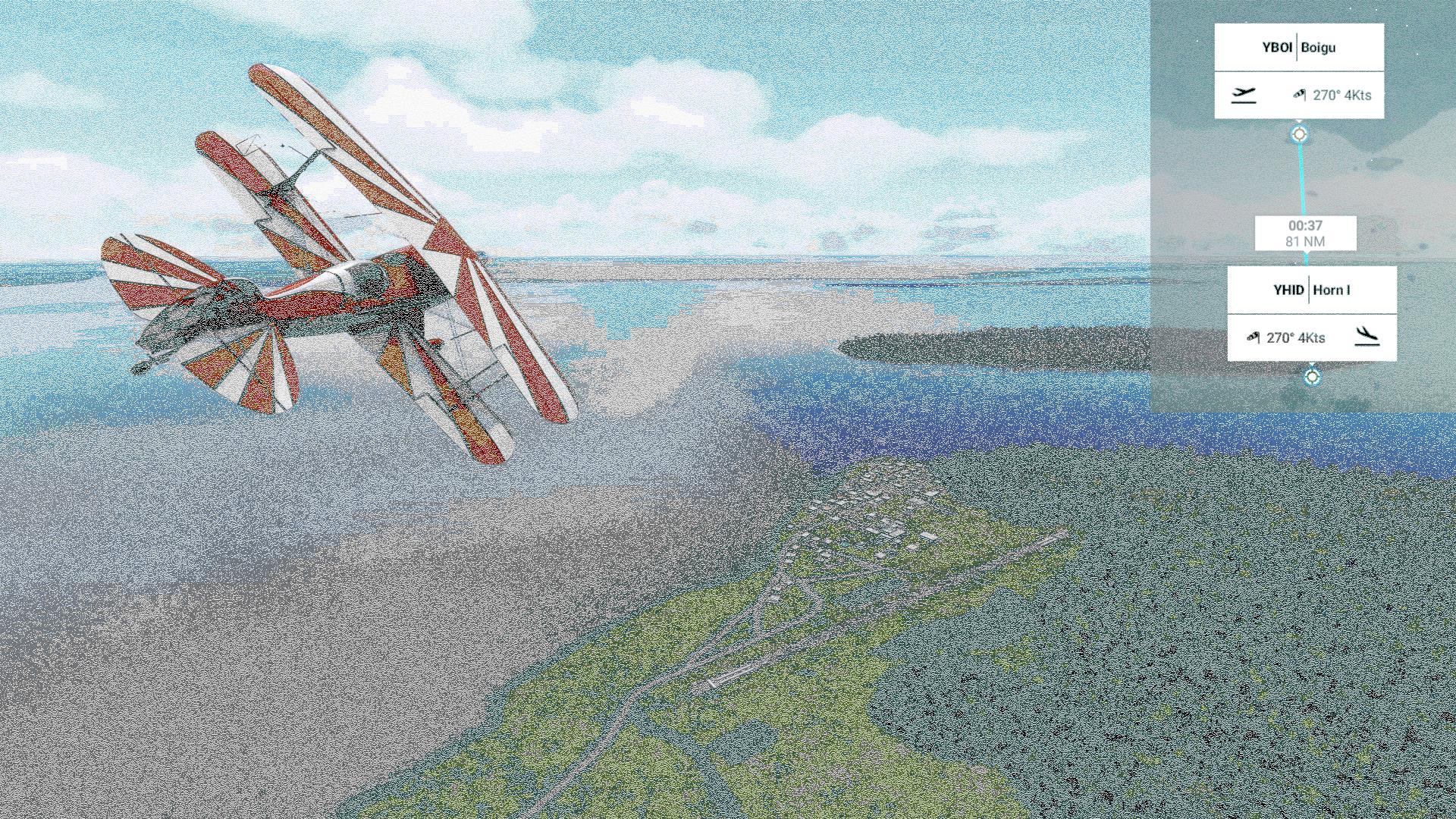
Today it's due south to Horn Island. Horn Island is the only actual airport for miles around (as opposed to airstrips) and it services a lot of the islands in the area, particularly Thursday Island.
Of course, these are all British names for the islands. All of the islands have at least two names and they're used somewhat interchangeably. I think broadly speaking the names are reverting back to the originals in most cases. So Horn Island is actually Nurupai, Thursday Island is in reality Waiben, although people tend to call it TI (Thursday Island).
The Torres Strait is dotted with islands; some little and some of habitable size. The first island we'll cross is just barely an island - Turnagain Island. It's a mangrove swamp that is almost above water at high tide. John Speiers found this out in 1943 when he crashed his De Havilland Dragon on the island during a vicious storm. He had no radio and this area was somewhat out of the way. He had to live in the cabin of the aircraft for six days as it was slowly being broken apart by waves. He was rescued in the end.
After that it will be Mabuiag Island. Called Jervis Island by Captain William Bligh, who shows up later in our stories.
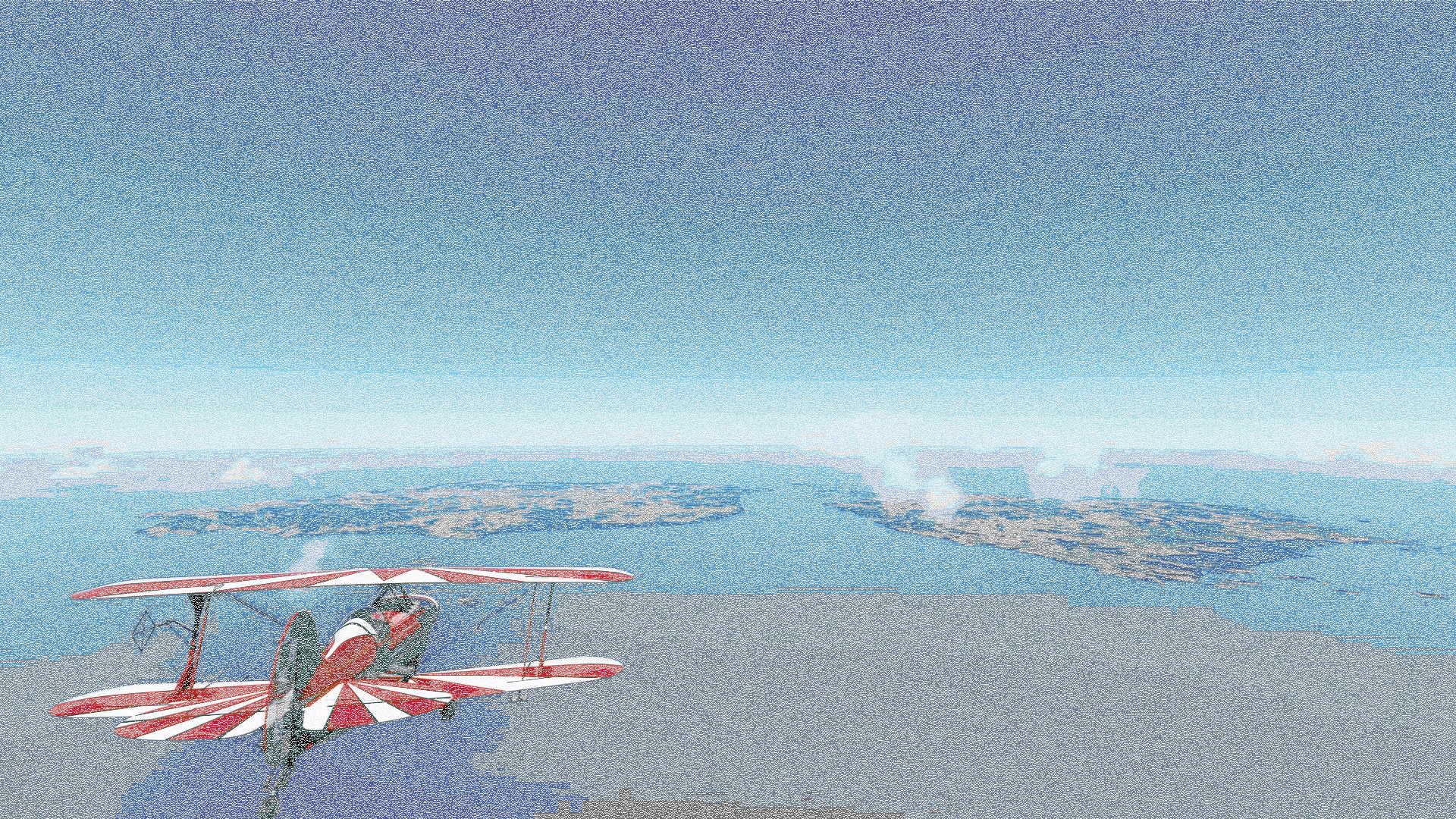 These two are Badu and Moa. Badu islanders were headhunters until they found religion, or, more accurately, a new religion found them.
These two are Badu and Moa. Badu islanders were headhunters until they found religion, or, more accurately, a new religion found them.Moa Island was the site of one of the "Reserves" set up in the early 1900s. Queensland, and more broadly speaking Australia, had some fairly draconian immigration laws, called the White Australia Policy. These laws forbade the immigration of non-Europeans, and in particular, Asian or Pacific Islanders, into the region (even though many of them were here first, and did not, in fact, immigrate). These laws were considered retroactive. So starting in 1904, when the colonies coalesced into Australia, non-whites and even whites who had married inadvisedly were forcibly collected and resettled in certain areas so as not to encourage drunkenness and immorality in the white communities. In fairness to Queensland, they were not in favour of the WAP. These laws have never been repealed. |
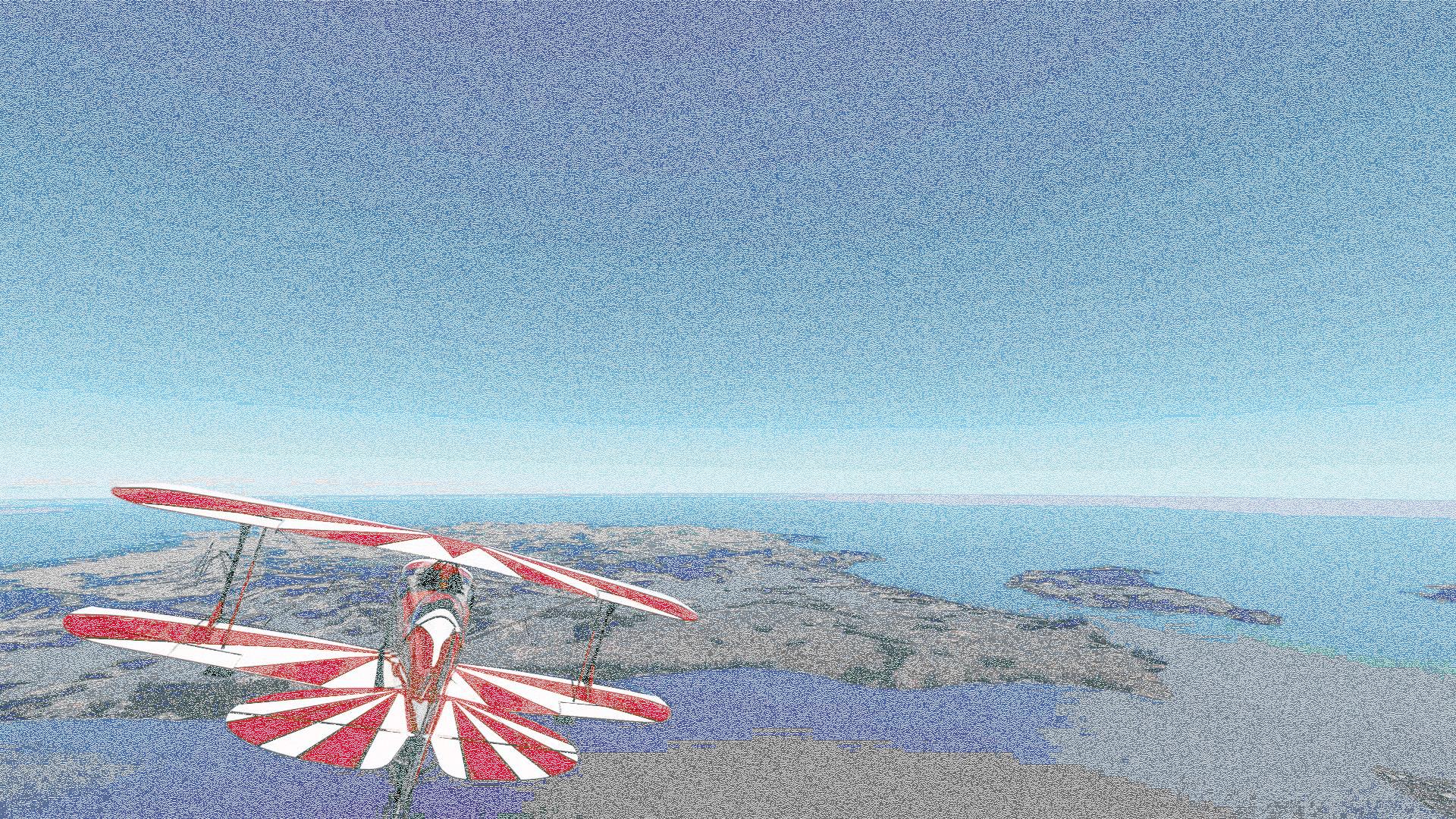 Prince of Wales Island, which was formerly known as Muralag, ancestral home of the Kaurareg people. The Kaurareg were generally peaceful, even caring for a castaway for five years until she was rescued. But in 1864 a government settlement was established not far from here on the mainland, and it was garrisoned with the "native police" - kanaka warriors from the north. There was a long history of warfare amongst Torres Strait Islanders and the people to the north which was mitigated by the need to trade. The native police had no need of trade, so they were not polite in their dealings with the Kaurareg.
Prince of Wales Island, which was formerly known as Muralag, ancestral home of the Kaurareg people. The Kaurareg were generally peaceful, even caring for a castaway for five years until she was rescued. But in 1864 a government settlement was established not far from here on the mainland, and it was garrisoned with the "native police" - kanaka warriors from the north. There was a long history of warfare amongst Torres Strait Islanders and the people to the north which was mitigated by the need to trade. The native police had no need of trade, so they were not polite in their dealings with the Kaurareg.When the Sperwer, a trepanger (trawler of sea cucumbers) anchored off Muralag in 1869 it was attacked and everyone was killed. There was a punitive mission to the island with a crew of kanakas, during which the native police "went amok" and there was a great slaughter of Kaurareg. Followed by another. Followed by another, this time involving 25 marines, some of whom had been released from their sentences for armed robbery and rape so they could take part. This last massacre was quite the success. But the twenty Kaurareg that were captured and sent to Cape York for execution turned out to be marauding Kulkalaig from a totally different island and not Kaurareg at all. Of course the British and Kanakas had no way of knowing that, but luckily there were some indigenous mainland folks about who knew the difference. It turns out the Kaurareg had nothing to do with the Sperwer incident. Funny how life turns out. There were as few as a hundred Kaurareg left at the end of the reprisals. |
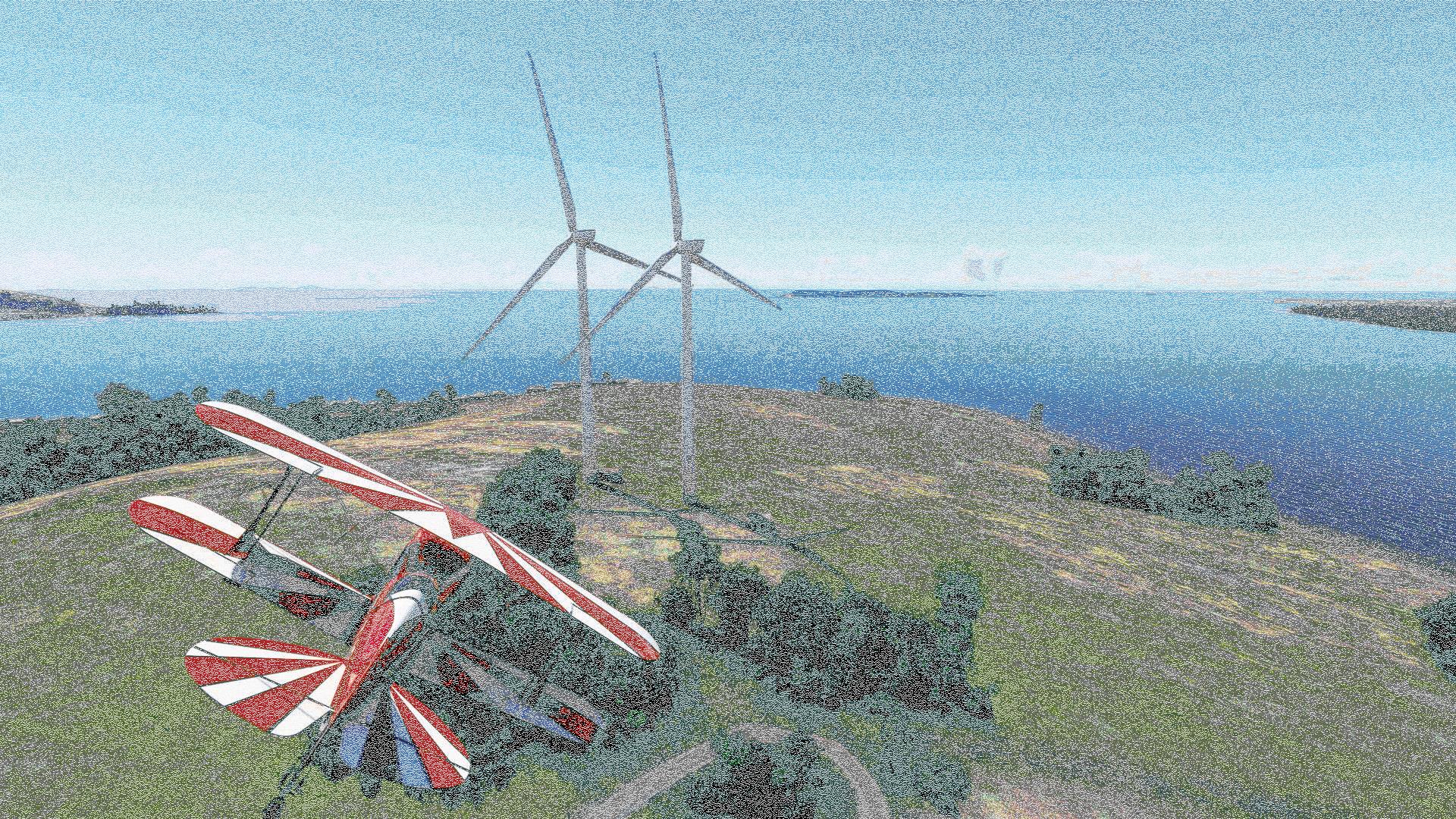 Thursday Island. There is also a Wednesday and Friday Island in the Prince of Wales group. The story has it that Captain Bligh sailed past here, naming things. And he had the imagination of a hammer.
Thursday Island. There is also a Wednesday and Friday Island in the Prince of Wales group. The story has it that Captain Bligh sailed past here, naming things. And he had the imagination of a hammer.
|
So here we are at the end of the Torres Strait. Tomorrow we'll hit the cape and go fossicking for bauxite.
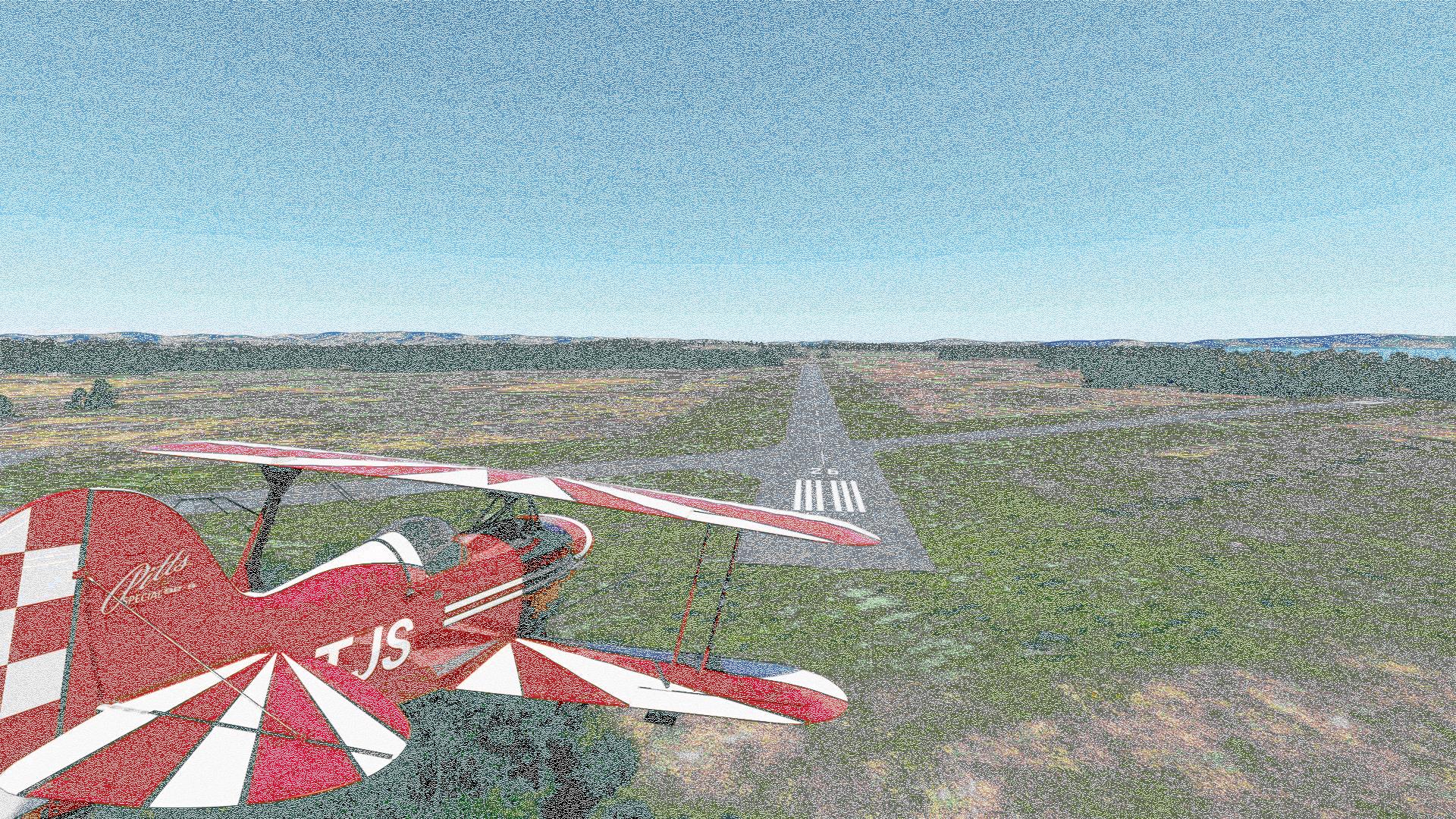 |
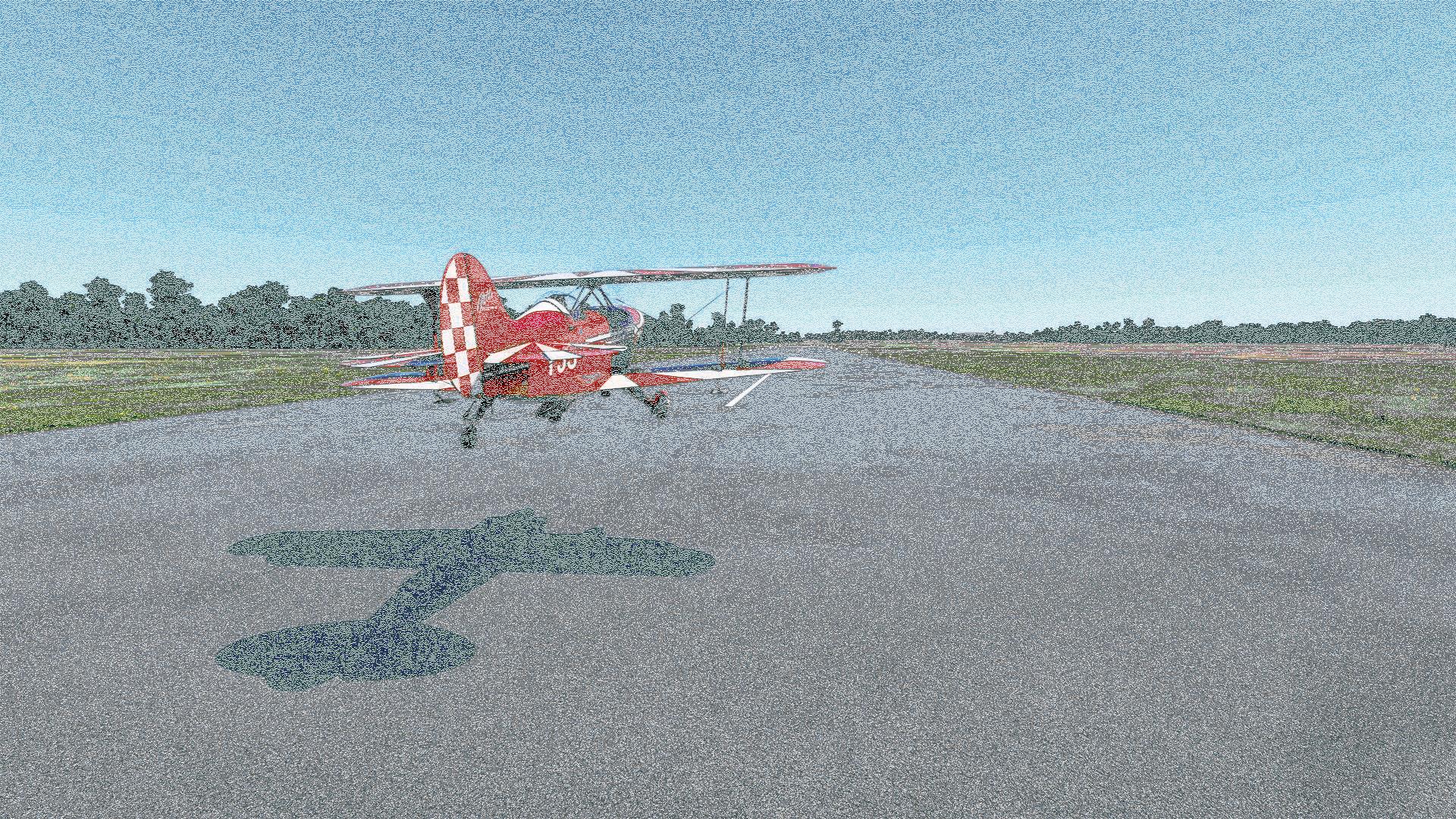 |